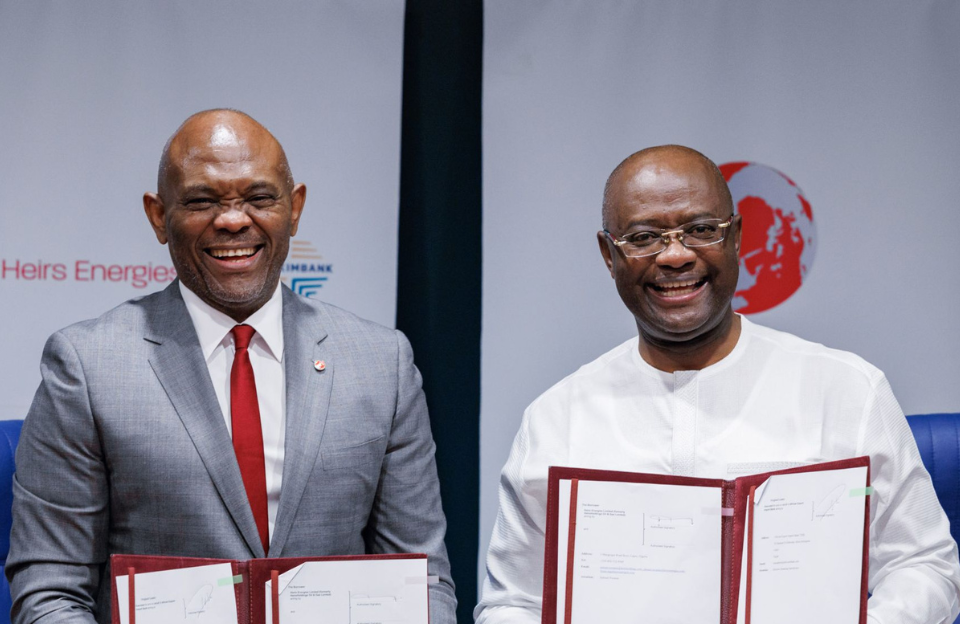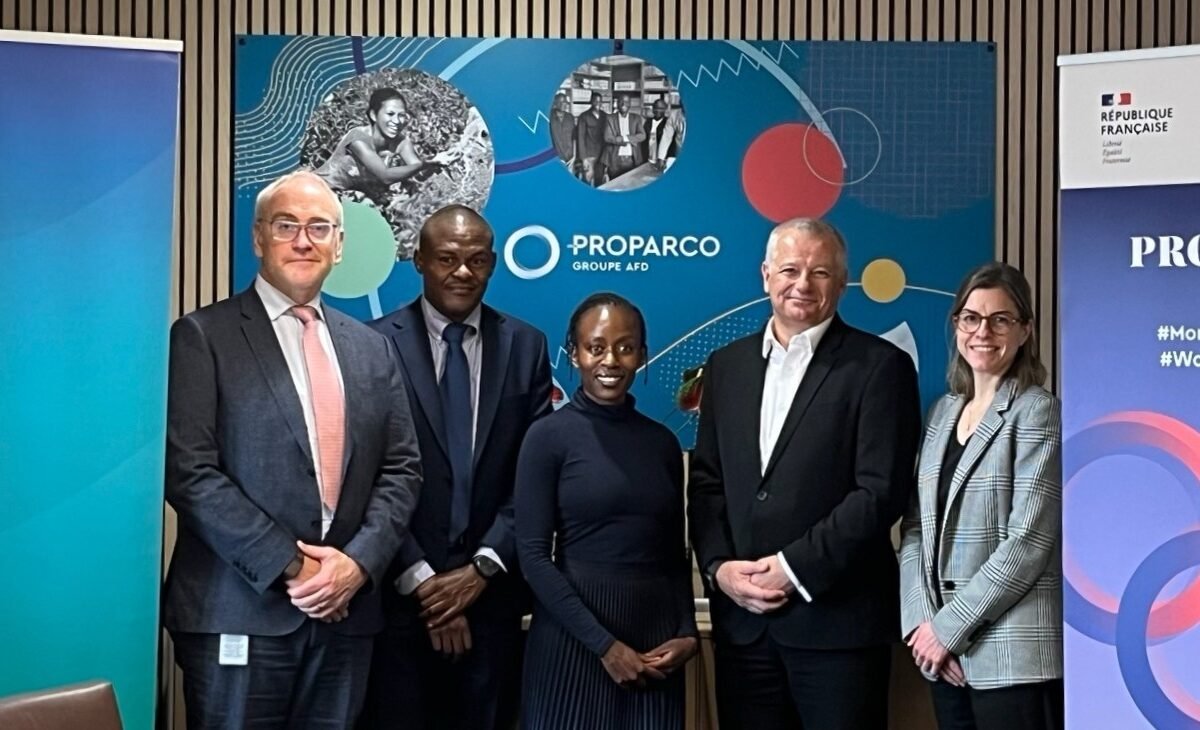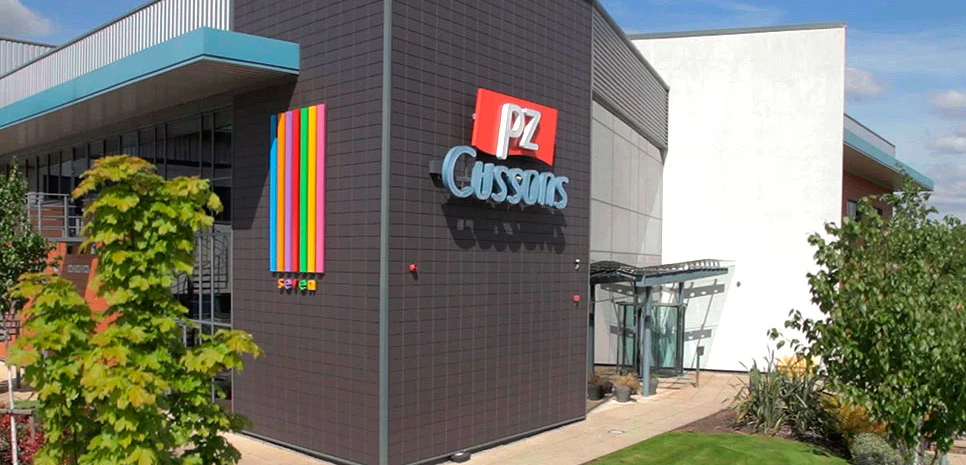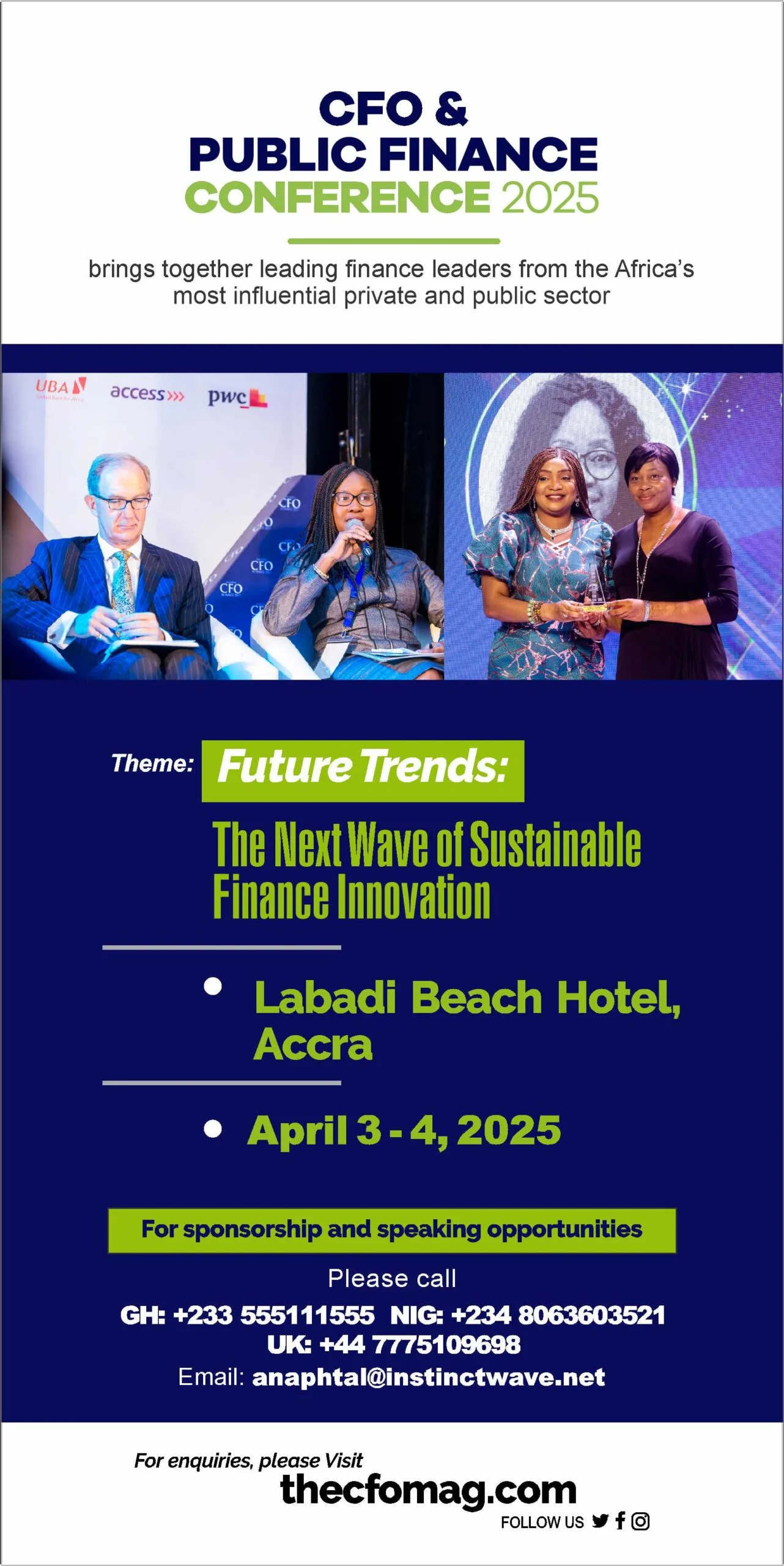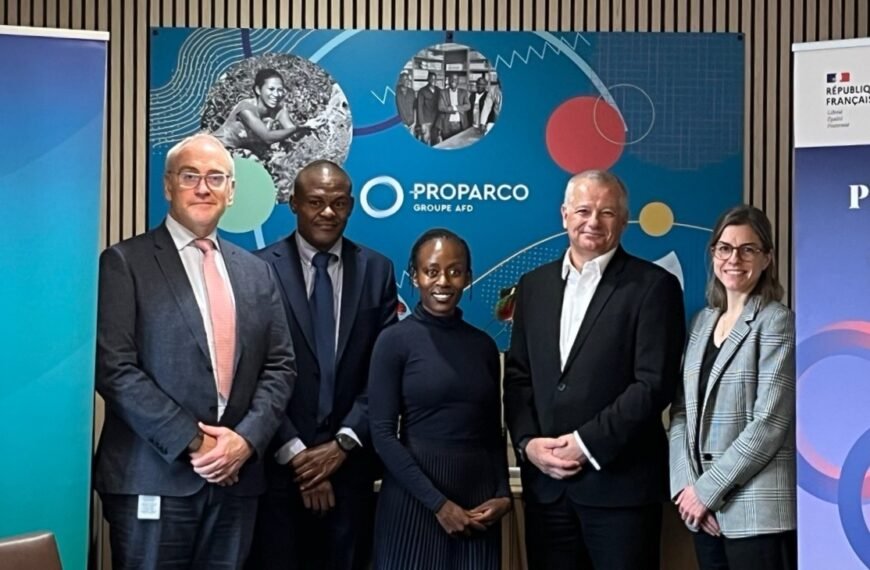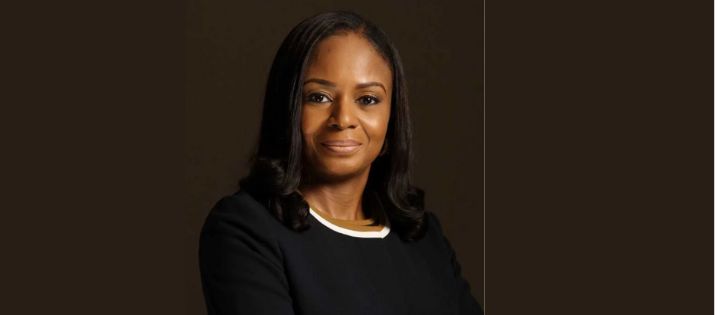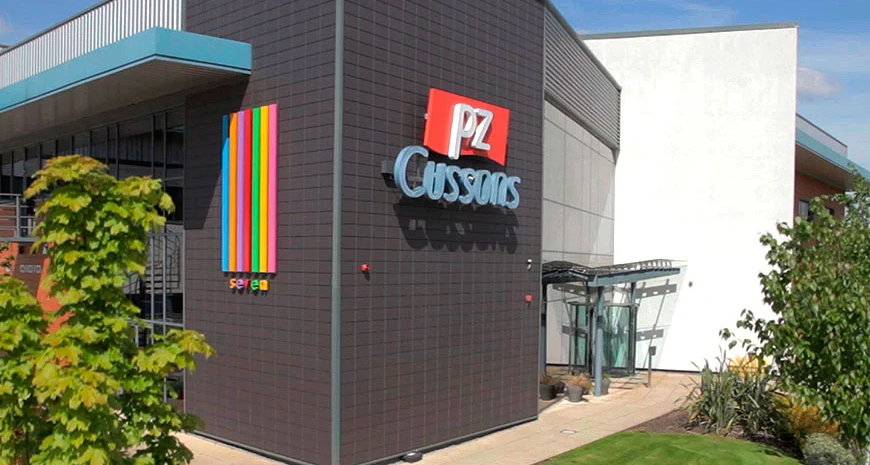
London Stock Exchange buys into settlement house Euroclear
Deal gives City exchange operator a bigger stake in Europe’s trading infrastructure ahead of Brexit
The London Stock Exchange Group is to buy almost 5% of Euroclear, the settlement house, for €278.5m. It follows a similar investment by US rival Intercontinental Exchange.
The deal, announced on recently, is significant because it gives the LSE a stake in a vital piece of European financial infrastructure at a time when Brexit is creating much uncertainty for markets.
Euroclear moved its holding company to Brussels from London last year, as a result of the UK’s impending departure from the EU.
The LSE said in a statement that it expects to appoint a board representative to Euroclear in due course. Euroclear had €28.2tn in assets under custody at the end of 2018 and settled the equivalent of €791tn in securities transactions that year.
Analysts previously touted Euroclear as a potential acquisition target for the LSE to compete with Clearstream, the custody and settlement business owned by German rival Deutsche Börse.
The Euroclear stake gives the LSE an interest in the entire lifecycle of a trade. The LSE already owns multiple venues for trading and clearing houses.
However, ICE, the owner of the New York Stock Exchange, owns almost 10% of Euroclear after buying up stakes from the likes of Royal Bank of Scotland.
Moelis, the investment bank, carried out a review on behalf of Euroclear last year. The clearing house wanted to consider ways to make it easier for its investors to sell their shares.
David Schwimmer, who has been chief executive of the LSE since replacing Xavier Rolet in August 2018, said: “Both LSEG and Euroclear share the same open-access philosophy and a customer partnership approach which is central to our businesses. We look forward to working with Euroclear to drive continued innovation and efficiencies for the benefit of our customers and the wider market.”
Marc Antoine Autheman, chair of Euroclear, said: “The addition of LSEG to our shareholder base reflects the attractiveness of a neutral open-architecture model to players in the capital markets ecosystem, including other financial market infrastructures.”


